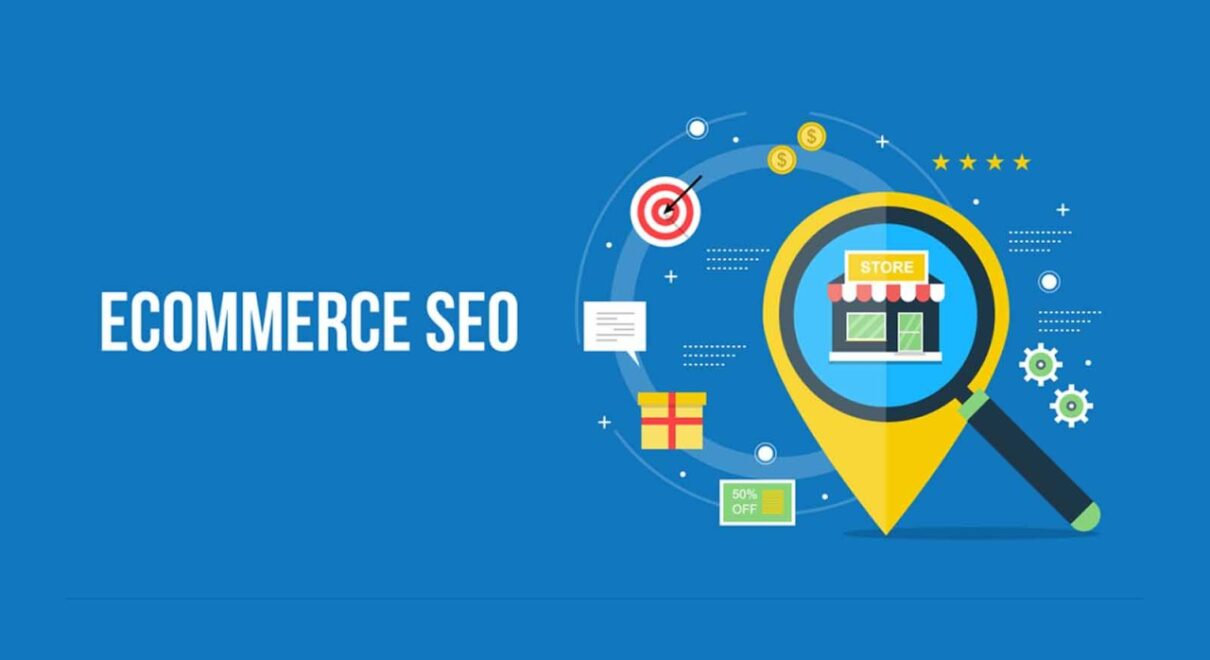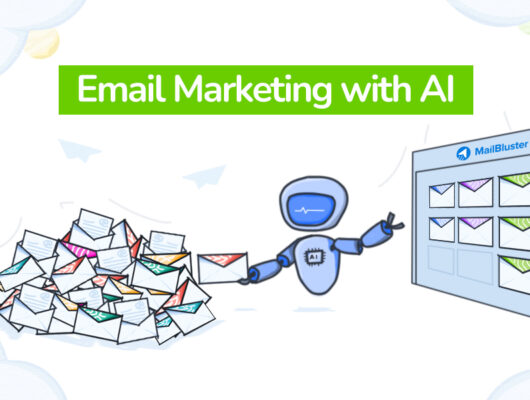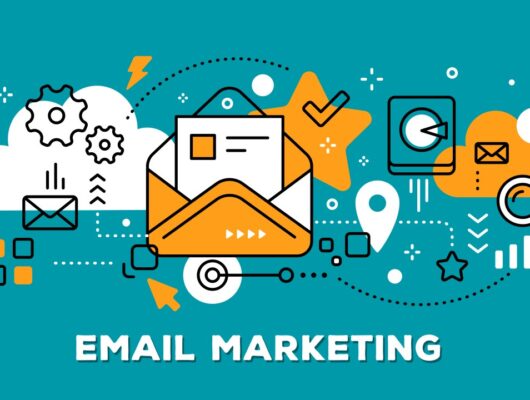In the competitive world of e-commerce, SEO (Search Engine Optimization) is critical for driving organic traffic and increasing sales.
By optimizing your online store for search engines, you can rank higher on search results, attract more potential customers, and improve your revenue without relying solely on paid advertising.
This article provides actionable e-commerce SEO strategies to help you build a sustainable online presence.
Why SEO Matters for E-Commerce
- Long-Term Traffic: Unlike paid ads, SEO provides ongoing visibility without recurring costs.
- Increased Trust: Higher rankings signal credibility and trustworthiness to potential customers.
- Customer-Centric: SEO helps match your products with users actively searching for them.
- Improved ROI: With targeted keywords and optimization, SEO offers a cost-effective way to grow.
E-Commerce SEO Strategies
- Perform Comprehensive Keyword Research
- Use tools like Google Keyword Planner, Ahrefs, or SEMrush to find relevant keywords.
- Target long-tail keywords like “affordable vegan leather handbags” to capture niche markets.
- Analyze competitor keywords to discover opportunities they may be overlooking.
- Optimize Product Pages
- Write unique product descriptions that incorporate primary and secondary keywords.
- Use high-quality product images with descriptive alt text for accessibility and SEO.
- Add user-friendly URLs (e.g., “yourstore.com/blue-sneakers” instead of “yourstore.com/product1234”).
- Create a Robust Category Structure
- Use descriptive category names, such as “Men’s Casual Shoes” instead of “Category A.”
- Ensure categories are logically organized to improve user experience and crawlability.
- Include keyword-rich meta titles and descriptions for each category.
- Leverage Blog Content
- Write informative and engaging blogs about topics your target audience searches for (e.g., “How to Style Oversized Sweaters”).
- Link blog posts to related product pages to drive traffic and improve internal linking.
- Use evergreen content and seasonal guides to keep visitors returning.
- Improve Site Speed
- Compress images and use lazy loading to enhance page load times.
- Minimize CSS, JavaScript, and HTML to improve overall performance.
- Use tools like Google PageSpeed Insights to identify areas for optimization.
- Ensure Mobile-Friendliness
- Optimize your site for mobile responsiveness, as most online shoppers use smartphones.
- Use Google’s Mobile-Friendly Test to ensure a seamless experience across devices.
- Simplify navigation with a clean layout and easy-to-use menus.
- Implement Structured Data Markup
- Use schema.org markup to enable rich snippets, such as star ratings, prices, and stock availability.
- Structured data helps search engines understand your content better, improving click-through rates.
- Focus on Technical SEO
- Ensure proper use of canonical tags to avoid duplicate content issues.
- Generate and submit XML sitemaps to help search engines crawl your site effectively.
- Fix broken links and monitor your site’s crawl errors in Google Search Console.
- Optimize for Local SEO
- Add your store to Google Business Profile if you have a physical location or offer local delivery.
- Include location-specific keywords in meta tags and descriptions (e.g., “handmade jewelry in NYC”).
- Encourage customers to leave reviews on Google to improve your local search rankings.
- Encourage User-Generated Content (UGC)
- Enable and promote customer reviews on product pages.
- Include FAQs based on common customer inquiries to add keyword-rich content.
- Share UGC like photos or testimonials on your site and social media.
- Build High-Quality Backlinks
- Partner with influencers or bloggers for product reviews that link back to your store.
- Submit guest posts to reputable websites in your niche.
- Create shareable content like infographics or how-to guides to attract natural backlinks.
- Monitor and Analyze Performance
- Use tools like Google Analytics to track organic traffic and conversion rates.
- Monitor keyword rankings to assess the effectiveness of your strategies.
- Continuously refine your approach based on performance insights.
Common Challenges in E-Commerce SEO and How to Overcome Them
- Duplicate Content
- Use canonical tags to address duplicate URLs for the same product.
- Write unique descriptions for each product to avoid content duplication.
- High Bounce Rates
- Improve page load speeds and make navigation intuitive.
- Ensure your content matches search intent and includes compelling CTAs.
- Ranking for Competitive Keywords
- Focus on long-tail keywords and niche markets to carve out a space in competitive industries.
- Gradually build domain authority through consistent, high-quality content and backlinks.
Tools to Enhance E-Commerce SEO
- Ahrefs: Keyword research, backlink analysis, and competitive insights.
- Yoast SEO: Plugin for optimizing on-page SEO for WordPress stores.
- Google Search Console: Monitor site performance and fix technical issues.
- GTmetrix: Analyze and improve page speed.
Conclusion
SEO is a cornerstone of any successful e-commerce strategy. By optimizing your site, creating high-quality content, and addressing technical issues, you can drive organic traffic and build a loyal customer base.
Implement these strategies, monitor your progress, and watch your e-commerce store grow sustainably over time.
Would you like additional insights, templates for product descriptions, or specific keyword suggestions? Let me know!







